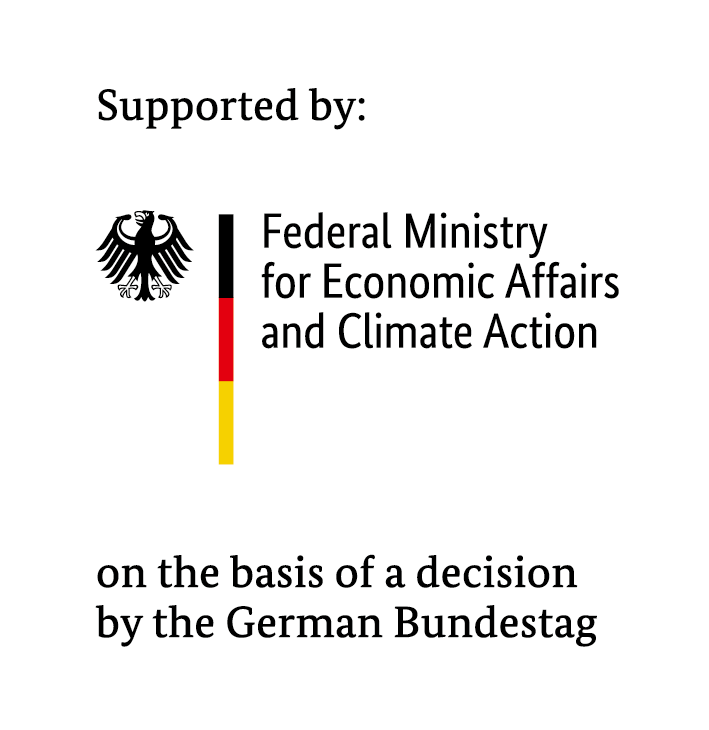Science products: Fluxes
The spatially distributed scenarios of random and systematic errors described in the Mission Products section have been integrated into an atmospheric inversion simulator that converts uncertainties in XCH4 into uncertainties on surface emissions using an inversion system. This simulator has the originality to carry both, random and systematic error. Although relatively marginal at sounding level (±3.7 ppb on global scale), the systematic errors have a larger influence than the random errors on the regional CH4 emission estimates, because they are not reduced by data averaging accounting for both types of errors.
Expected uncertainty reductions on CH4 emissions are found on average to be
- 59% for the continental tropics (30°S–30°N)
- 84% for continental mid-latitudes (30°N–50°N)
- 53% for continental high latitudes (above 50°N).
The largest uncertainty reductions are achieved for temperate regions. Uncertainty reductions obtained for the aggregated boreal regions is 53% on average, indicating that MERLIN still brings constraints for high northern latitudes, contrary to most passive SWIR missions. For tropical regions, the score for uncertainty reduction is mostly influenced by desert regions and the choice to distribute systematic errors partly on albedo to represent potential driver of nonlinearity effect of the MERLIN detector. More details and regional analyses can be found in Bousquet et al.

Scientific products error
Uncertainty reduction on methane emission (%, y-axis) for three latitudinal bands (x-axis) for MERLIN (orange) using the scenarios developed to represent MERLIN random and systematic errors. Sahara pixels, with very low methane flux and high albedo, have been removed from the 30°N-30°S barplot.



